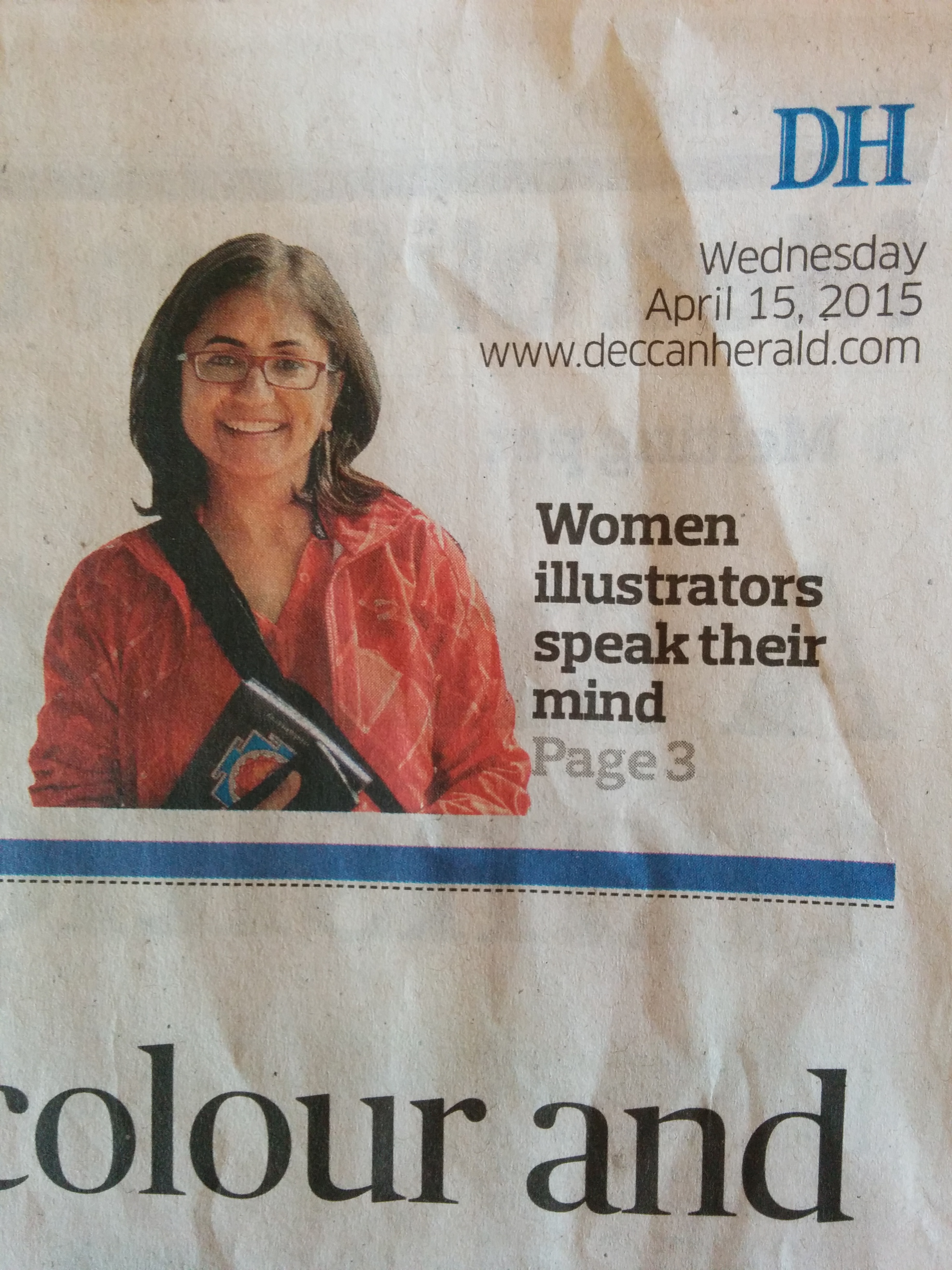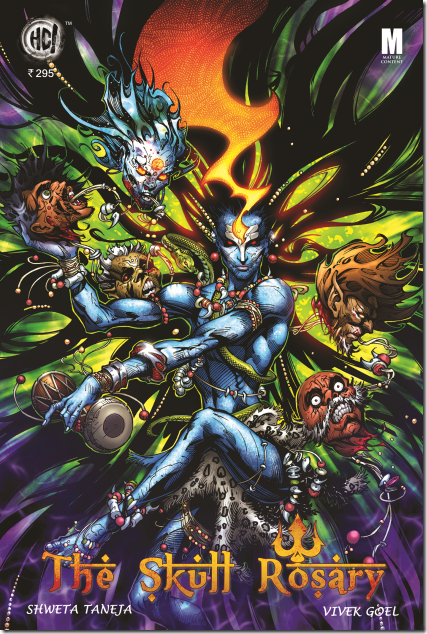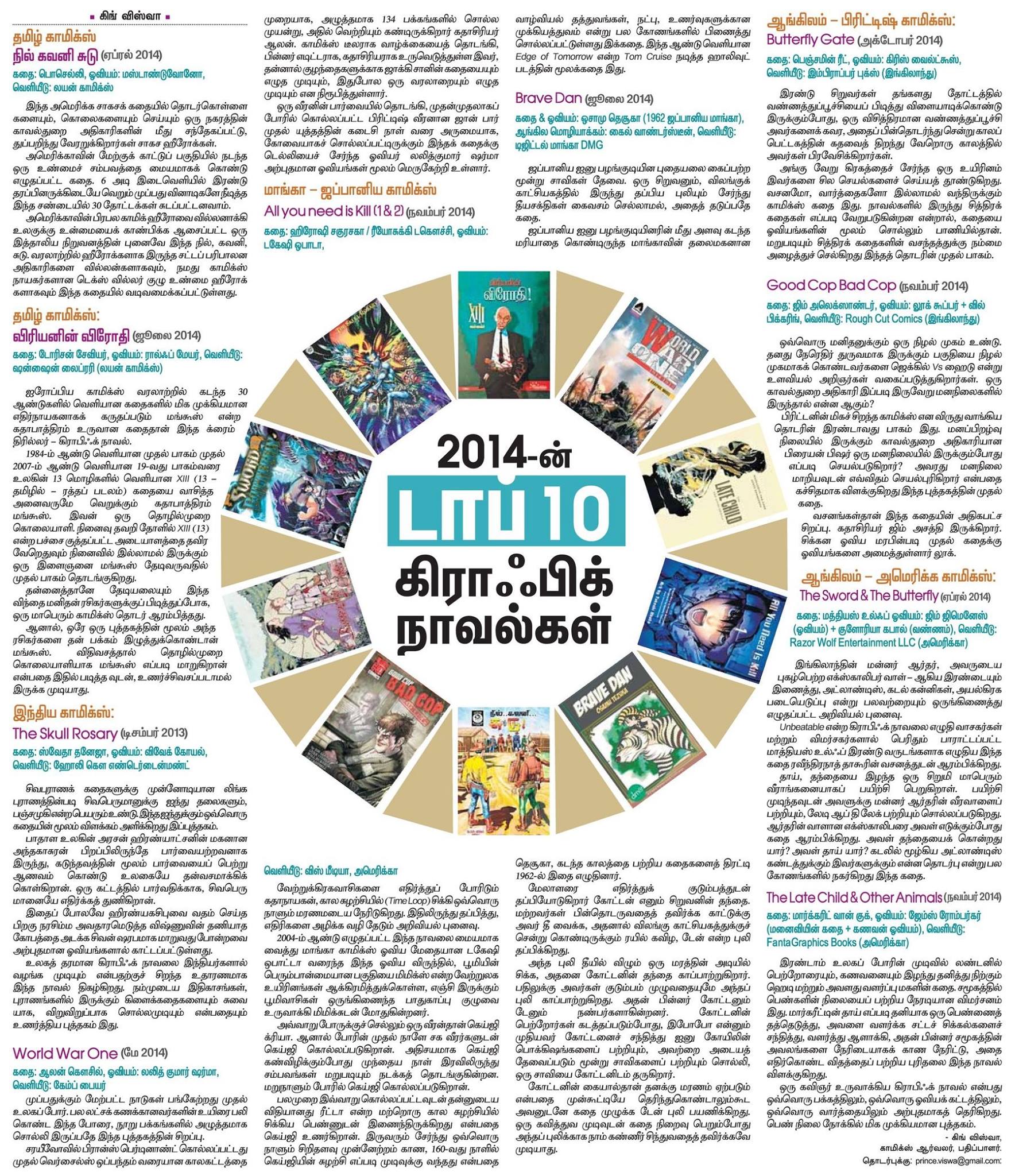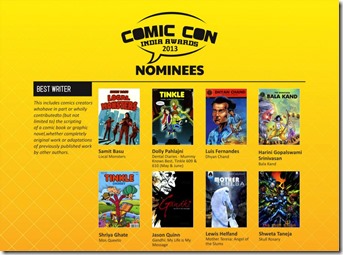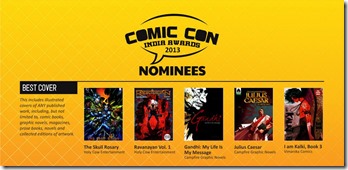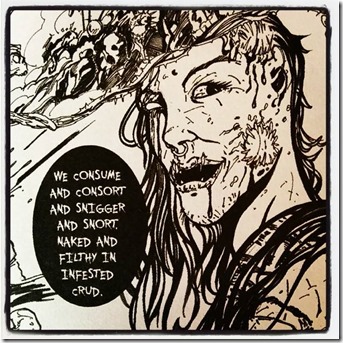Before you tag this post as that fashionable F-word, hear me out. I’ve been working in comics since a few years now. Much more than their western counterparts, the Indian comic industry is welcoming to both genders, across board. They’re open to story ideas which go beyond fanboy or superhero fiction. I’ve worked on two graphic novels (Krishna, The Skull Rosary), pitched a lot of work and worked on smaller comics and am yet to encounter misogyny or bad behavior of any kind in publishers or artists or other writers. Yes, I do tend to meet a lot of guys who’re into comics than girls, but they’re not necessarily looking out for superhero fiction. They’re looking out for good stories. Still, the industry, the artists, publishers, editors, and writers are mostly men.
Then I’ve been part of the children book industry (my first novel Ghost Hunters of Kurseong is for tweens), which again is teeming with talented writers and artists. This industry, catering to kids of both genders, is mostly female. The editors, writers, artists, are all women.
There are very few overlapping creators (either writers or artists) who do both kinds of work – children books and comics. Now I’m the curious sort and frankly this just doesn’t make sense to me. I mean writers are writers and should be able to write for any medium, right? And illustrators and artists should be able to draw for any medium. So why don’t they? This question irritated me enough to push Comic Con to do a panel on it in Bangalore this year. With me there was Reena Puri, a well-respected editor with ACK Media and Devaki Neogi, who is one of those rare illustrators who draws for international comics. We took the idea apart, thought on it, brainstormed over email about the panel as well as on stage, but couldn’t find any concrete answers on why there is such a gender bias in comics.
The panel even made a journalist write an article on portrayal of women in comics in Deccan Herald:
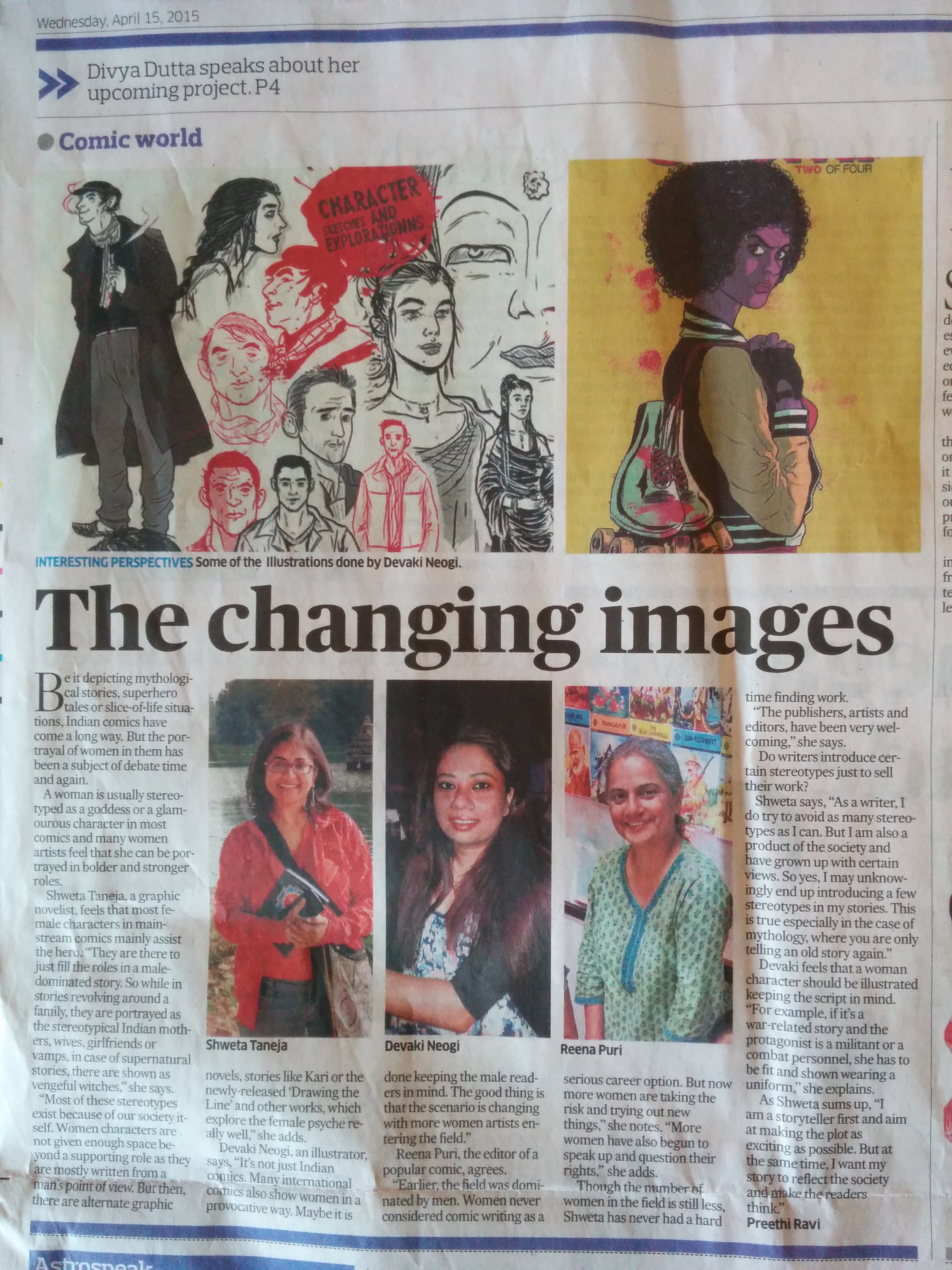
==========
Except, it didn’t answer my question. Some of the sort-of answers that I’ve collated from various people (and not necessarily my opinions) are listed below. Poll on them and tell me what you think:
Why aren’t there more women in comics?
- It’s easier for women to get into children’s books
- Comics are misogynist, made for men by men and women don’t feel welcome.
- Women aren’t comic readers so they don’t create comics
- Superheroes and sexy women is just not a woman’s thing.
- There’s tight deadlines and not enough money in making comics.
- Why are you bothered about this question? Go write your books, will you?
Agree with one of them or have a different answer? Add to the comment section below. (Till I figure out how to put a poll here that is.)

